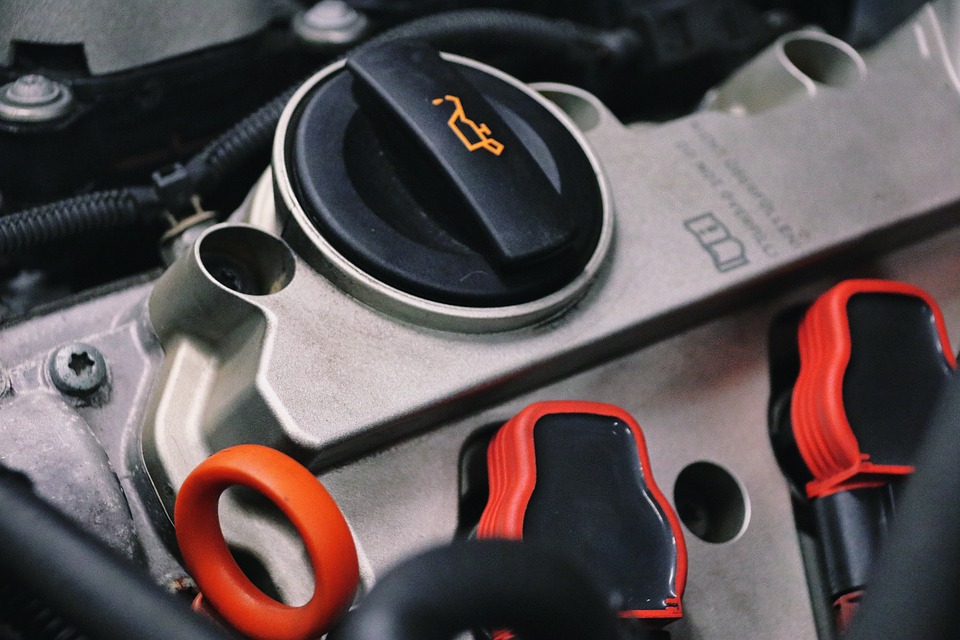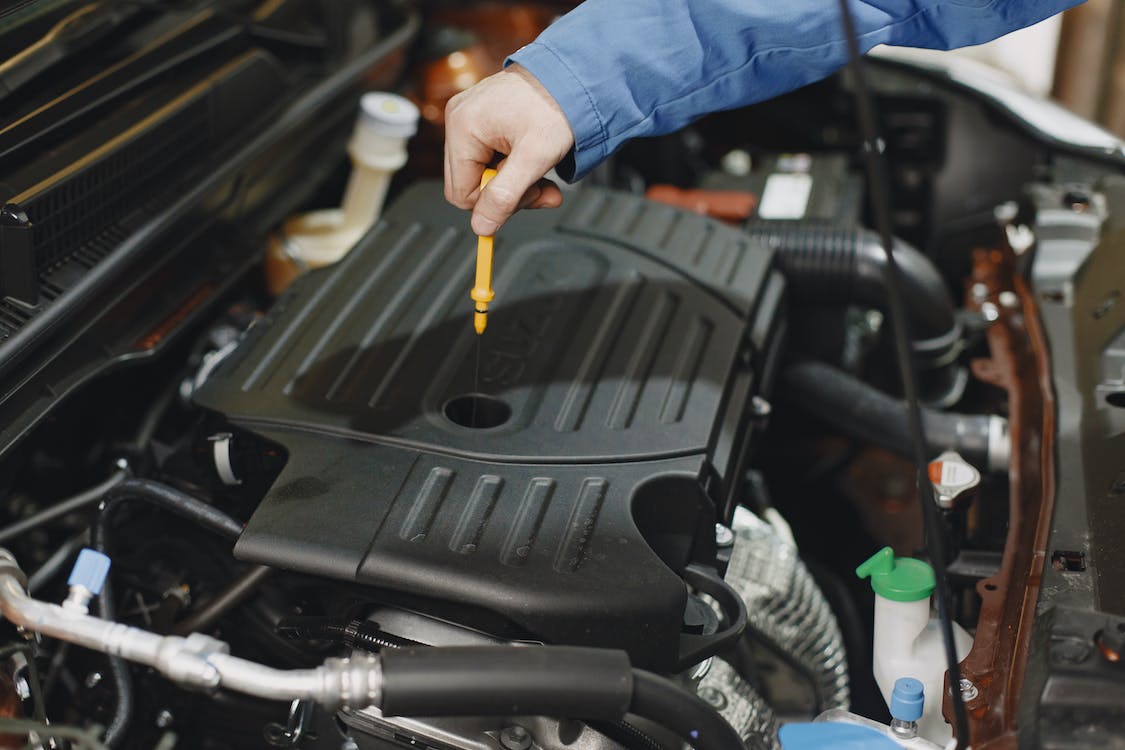In the quest for efficient and convenient oil changes, vacuum drainage has emerged as a popular option. But what are the advantages and disadvantages of this method? In this article, we’ll delve into the process of vacuum drainage, weigh its pros and cons, and explore whether it’s a good idea for your oil change needs.
Vacuum Oil Change: The Procedure
With vacuum drainage, the process of changing your engine’s oil becomes quicker and simpler. Unlike the traditional method, there’s no need to remove tedious lower plastic covers to access the drain plug. Here’s how it works using an oil extractor:
With a hot engine, a hose is inserted through the dipstick tube to suck out the oil from the engine.
A valve plug is used in place of the drain plug, and the oil is suctioned out through the drain plug location.
Advantages of Suction Draining
In certain situations, vacuum drainage offers some distinct advantages:
Faster Draining: This method minimizes vehicle downtime, making it a favorable choice for drivers on the go.
Emergency Solution: Vacuum drainage can save the day when a drain plug is severely deteriorated and cannot be loosened conventionally.
Vehicles Without Drain Plugs: Some vehicles, like certain Mercedes models, lack drain plugs altogether, making vacuum draining a necessity.
Convenience for DIYers: Private individuals performing their own oil changes find gravity-draining cumbersome, especially without access to a car lift. Vacuum drainage provides:
- A cleaner and simpler solution.
- Sparing them from struggling.
- Getting dirty.
- Risking burns from hot oil.
Disadvantages of Vacuum Draining

However, there are several drawbacks to consider:
Lack of Oil Inspection: Unlike gravity draining, vacuum drainage doesn’t allow you to inspect the oil for the presence of coolant, fuel, or metal particles. These clues are crucial for a professional mechanic in diagnosing the engine’s health.
Heavy Elements Not Removed: Suction draining fails to remove heavy elements present at the bottom of the crankcase, further limiting its diagnostic capabilities.
Difficulty in Hose Positioning: When using the dipstick for suction, it can be challenging to position the hose correctly at the bottom of the crankcase. As a result, not all the oil may be effectively sucked out.
Hose Deterioration Risk: There is a potential risk of the suction hose deteriorating, with the worst-case scenario being a piece falling into the crankcase, necessitating lower crankcase removal.
Where and What to Expect in Terms of Cost

Contrary to common belief, vacuum oil changes are not solely performed in car centers. Dealers, agents, and independent mechanics also offer this service, but it’s not the prevailing method. Regarding cost, vacuum oil changes might not always be cheaper than gravity oil changes due to the following factors:
Lack of Awareness: Customers are often unaware of the emptying method, and professionals may charge the usual rate for regular emptying, ranging from $30 to $70.
Loss-Leader Strategy: Oil changes are often used as loss-leaders to entice customers into other, more profitable services. As a result, professionals may not be inclined to reduce the cost further.
Is Vacuum Drainage a Sound Choice?
Ultimately, vacuum drainage does not stand up as a rigorous maintenance operation. Most professionals avoid using it and even disapprove of its application. Drainage is a critical maintenance task that requires thoroughness and expertise. Opting for vacuum drainage may be akin to performing maintenance with a blindfold on.
In conclusion, carefully weigh the pros and cons of vacuum drainage before deciding on your preferred method of oil change. For a comprehensive and professional oil change, the traditional gravity-draining approach is still the preferred and recommended choice.
Hope you like this article. Remember to jot down a few words in the comments below.

